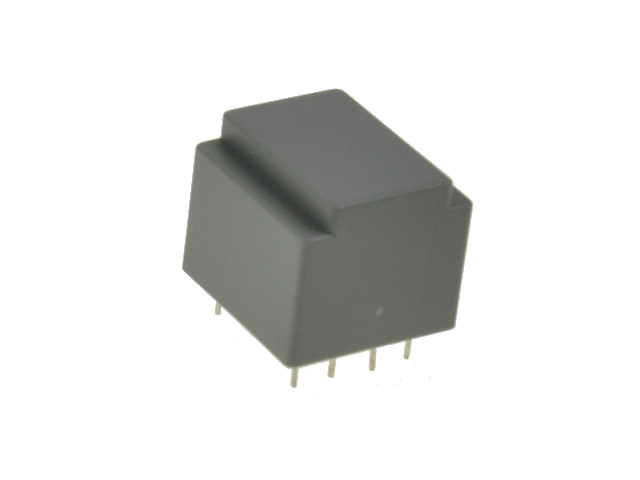Hdmi to vga would be an option, and probably what I will do in early stages since I will prototype on tang nano 4k board. One problem that sourcing one that introduce low lag might be a problem on the cheap ones (e.g. one could be good, then they can change the component in the same product). Also some seems to only support full hd, and might cut some cost saving possibilities when I aims only for CGA.
Dedicated DAC seems to be the way to go... I'll use one and hope it stays available in the futur 
The cheap ones are the ones without any lag.
Do you honestly believe that such a $3-$6 device actually has a DDRx memory chip within to delay the picture by a frame or more, introducing lag?
The only lag in a 3$ device will be a few pixels as the HDMI gets de-serialized, then sent to the dac immediately.
If you are getting lag, it is most likely coming from somewhere else. Maybe your source video device is attempting to scale the picture to a video mode listed in the converter's EDID? Hence the delay is not the converter's fault.
Yes, for the supported video modes, a number of devices might not lock onto specific video clock frequencies, basically failing to function. I listed a review site which tests the old 240p mode used by old gaming systems & CGA.




 Recent Posts
Recent Posts (to the problem of video ADCs eventually no longer be available in a few years, and cost reduction because cost reduced projects are more fun to me).
(to the problem of video ADCs eventually no longer be available in a few years, and cost reduction because cost reduced projects are more fun to me).


